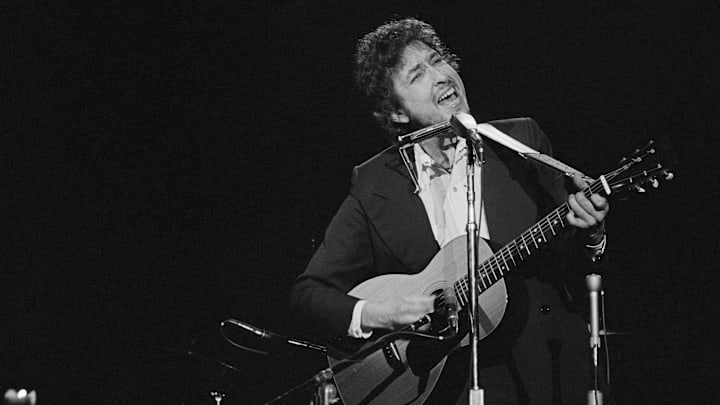“Sweet Baby James” by James Taylor (1970)
Taylor had impressed the Beatles enough to sign him to their Apple label in the late ‘60s. They released his self-titled debut in 1968. Then, he got swept up in the wave of singer/songwriter enthusiasm and joined Warner Brothers for Sweet Baby James, his second studio release. The title track became one of his signature songs.
A simple acoustic beat opens the page on Taylor’s high, thin tenor. He is singing a cowboy song. Eventually, the orchestration grows, and he branches his story to concern a modern troubadour, much in the way that Billy Joel and Jon Bon Jovi would subsequently do. Taylor became a big star after this and tried a lot of different styles of music. I don’t think he was always effective when he strayed too far away from the recipe of “Sweet Baby James.” His precise lyrics and intricate acoustic guitar playing lent themselves to songs that could be equally sensitive and hummable.
“Big Yellow Taxi” by Joni Mitchell (1970)
“Big Yellow Taxi” came toward the end of Mitchell’s third album, Ladies of the Canyon. She had taken control of the production process by this point, which makes the album the first pure representation of Mitchell’s vision.
There was a strong tradition of environmentalism in folk music and Mitchell’s line “They paved paradise and put up a parking lot” captured that concern as did any single lyric. The music stays playfully upbeat, with Mitchell’s spry acoustic guitar shuffle helping with the chorus mashup of folk and doo-wop background voices. The song has become a standard, flexible enough to be successfully covered by country, alt-rock, and punk artists.
“After the Gold Rush” by Neil Young (1970)
If “They paved paradise and put of a parking lot” was too vague to engage your environmental sensibilities, Neil Young made his theme very clear on the title track to his third album, released just five months after Mitchell’s Ladies of the Canyon. He closes his first verse with an almost equally iconic statement – “Look at Mother Nature on the run in the 1970s.”
Young’s song travels through the past, present, and future to trace the destruction of a homeland by avarice, war, and simple neglect. In the final verse, a ravaged planet can no longer sustain humankind, and thus, it is time to leave and board a ship, “flying Mother Nature’s silver seed to a new home in the sun.” It was a dire warning in 1970. Almost thirty years later, Dolly Parton, Emmylou Harris, and Linda Ronstadt would record their own version for their second collaborative album. The warning – and the recording – had grown even more haunting.
